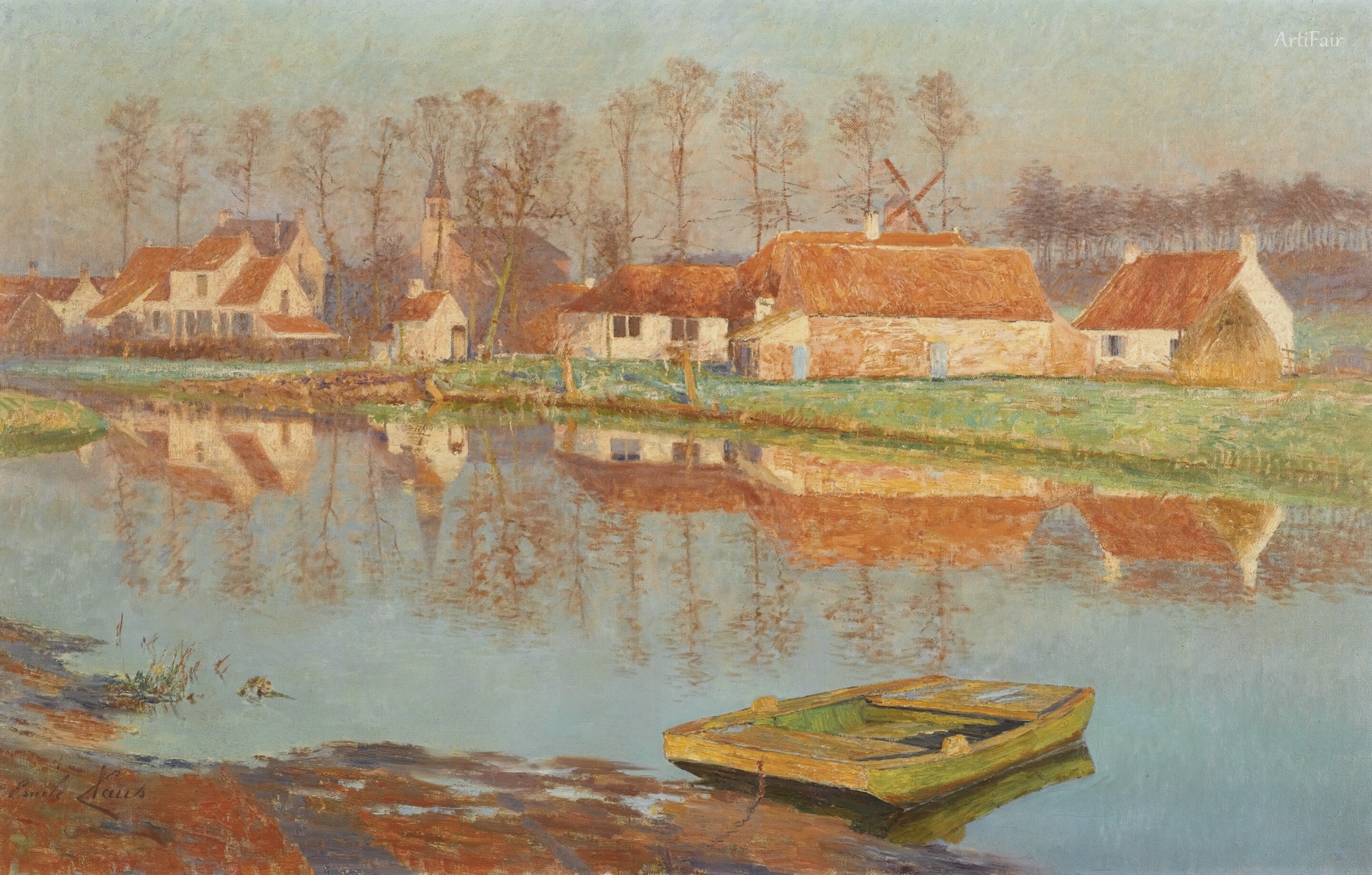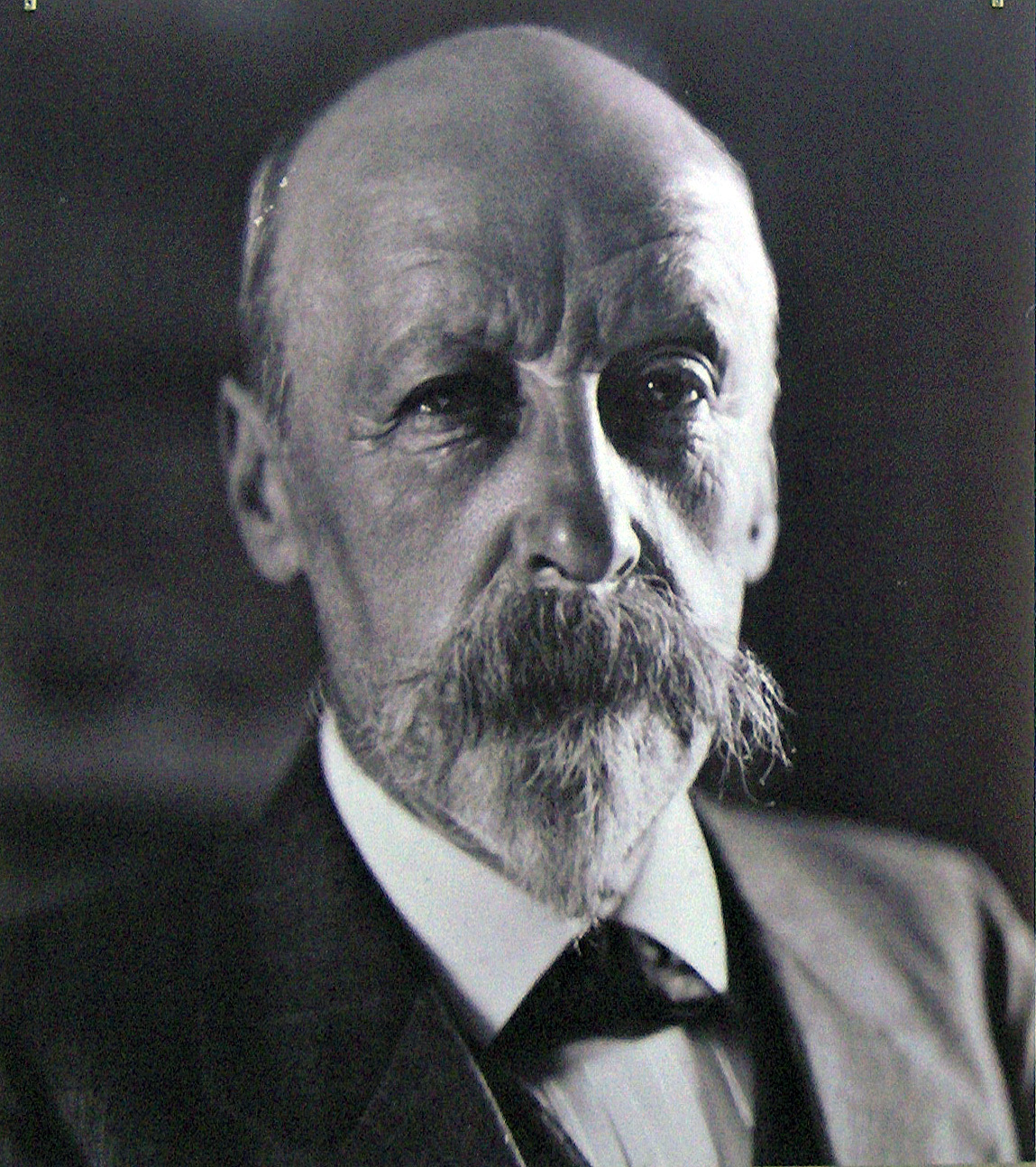

Emile Claus
BE
98
Artworks
1849 - 1924
Lifespan
Artist Biography
Emile Claus (1849–1924) stands as a pivotal figure in Belgian art, celebrated as the foremost proponent of Luminism, a distinct variant of Impressionism. Born in Sint-Eloois-Vijve, West Flanders, Claus displayed an early passion for drawing, attending the Waregem Academy despite his father's initial reservations about an artistic career. After brief stints in other trades, he pursued formal training at the Antwerp Academy of Fine Arts from 1869 to 1874 under landscape painter Jacob Jacobs, quickly gaining favour among the local bourgeoisie. His early works were characterized by realism, often depicting genre scenes and portraits, reflecting the academic traditions of his training.
A significant turning point in Claus's career came with his growing exposure to French Impressionism, particularly the works of Claude Monet, whom he encountered during trips to Paris in the 1890s. This influence, coupled with the encouragement of his friend, author Camille Lemonnier, steered Claus away from strict naturalistic realism towards a more light-infused style. His marriage in 1886 to Charlotte Dufaux coincided with his rising artistic and financial success. Key paintings from this transitional period, such as "Cock Fight in Flanders" (1882) and "The Picnic" (1887), the latter purchased by the Belgian royal family, showcased his evolving approach. His true stylistic shift became evident with seminal works like "The Beet Harvest" (1890) and "The Ice Birds" (1891), which marked his decisive embrace of Luminism.
Claus became known as the "sun painter" and the "painter of the Lys" for his masterful depiction of light and its effects on the landscapes and rural life along the River Lys, where he settled in Astene. His Luminist style was characterized by a vibrant palette and a focus on capturing the ephemeral qualities of light, often through broken brushwork and a pointillist-inspired technique. In 1904, he co-founded the artist group "Vie et Lumière" (Life and Light) to promote this artistic vision. Masterpieces like "Cows crossing the Lys" (1899) exemplify his ability to convey the shimmering atmosphere and the interplay of light on water and figures. "The Beet Harvest," a monumental work depicting peasants in a frozen field, became so iconic that his widow donated it to Deinze on the condition a museum be built for it, now the Museum van Deinze en de Leiestreek.
The outbreak of World War I forced Claus into exile in London from 1914 to 1919. During this period, he created a notable series of paintings capturing views of the River Thames, such as "London Waterloo Bridge" (1918). These works, often referred to as "reflections on the Thames," are considered his most traditionally Impressionistic, echoing Monet's earlier depictions of the city. Upon his return to Belgium, Claus found that the art world had shifted towards Expressionism, and his once prominent fame had somewhat diminished. Nevertheless, a final survey exhibition in Brussels in 1921, particularly featuring his London works, was well-received by the public.
Claus's technical prowess was remarkable, demonstrating a wide variation in brushwork—from fine underdrawings to energetic pointillist dots and dashes, long elastic strokes, and whimsical arabesques, all applied with precision and speed. He was dubbed "the strongest Worker in Flanders" by Stijn Streuvels for his diligent and visible application of paint. His palette, rich with cadmiums, madders, and blues, always aimed to depict light indirectly, through its effect on objects and shadows, rather than light itself. While not overtly a social critic, his paintings conveyed deep empathy for the peasant life and arduous labour of his time. His Villa Sunshine in Astene, with its gardens and views of the Lys, became a constant source of inspiration for his light-filled canvases.
Emile Claus passed away in Astene on June 14, 1924, his last words reportedly being "Bloemen, bloemen, bloemen" ("Flowers, flowers, flowers"), a poignant reflection of his lifelong love for nature and beauty. The day before his death, he had painted a pastel of a bouquet of flowers sent to him by Queen Elisabeth of Belgium. He was buried in his own garden in Astene, and his legacy as the pioneer of Belgian Luminism endures. The year 2024 marks both the 100th anniversary of his death and the 175th anniversary of his birth, celebrated as the "Claus year" in Deinze, reaffirming his status as a master of light and a key figure in Belgian art history.